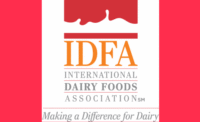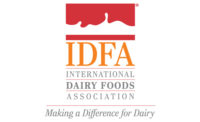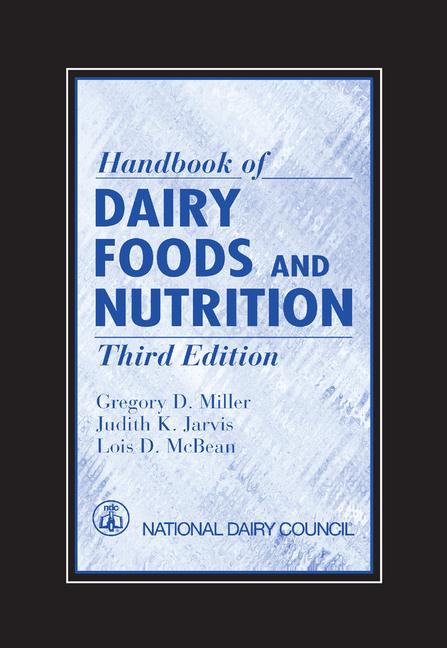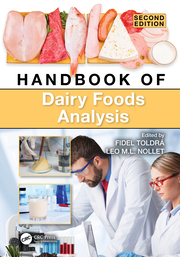Rabobank: A U.S.-EU trade war would result in dairy winners and losers
U.S. specialty dairy manufacturers would be among the winners.

The makings of a trade war between the United States and the European Union (EU) are brewing. On April 12, 2019, the United States Trade Representative (USTR) said it is considering levying additional tariffs on European products included in 317 tariff codes, valued at approximately USD $21 billion.
The recent announcement publicizes a more-than-a-decade-old dispute between the United States and the EU, according to a new report from Rabobank, Utrecht, Netherlands. While butter, cheese, and yogurt imports account for a small percentage of U.S. supply and EU exports to the United States represent a small percentage of European output, additional tariffs on selected European dairy exports to the United States will create winners and losers in the latest trade saga.
“In general, specialty European cheeses are high value and not necessarily as price-sensitive at the retail level,” said Mary Ledman, global strategist, dairy for Rabobank. “However, a 100% surcharge on top of an already pricey product could have customers choosing a less-expensive domestic cheese or non-EU import.
“Many imported European cheeses are marketed and distributed by specialty food companies, which also carry domestic specialty cheeses in their product lines,” she added. “As a result, an additional 100% tariff on European cheeses is likely to reduce the competitiveness of European cheeses in the U.S. market, decrease the promotional activity of European cheeses, encourage U.S. consumers to explore less-costly domestic specialty cheeses and provide a competitive advantage to non-EU imported specialty cheeses.”
In this case, the winners would include, but not be limited to, specialty dairy manufacturers across the United States and in Australia, Canada, New Zealand, Norway, Switzerland and other non-EU countries, Rabobank stated. Individually, the biggest loser is likely to be Ireland, with nearly 34,500 metric tons of annual dairy exports at risk of higher tariffs.
Collectively, the EU-28 can ill afford to lose the United States as a market for more than 100,000 metric tons of cheese, especially with the uncertainty of a hard Brexit looming, which would place the United Kingdom’s 400,000 metric ton cheese market up for grabs.
Click here to download the report.
Looking for a reprint of this article?
From high-res PDFs to custom plaques, order your copy today!







